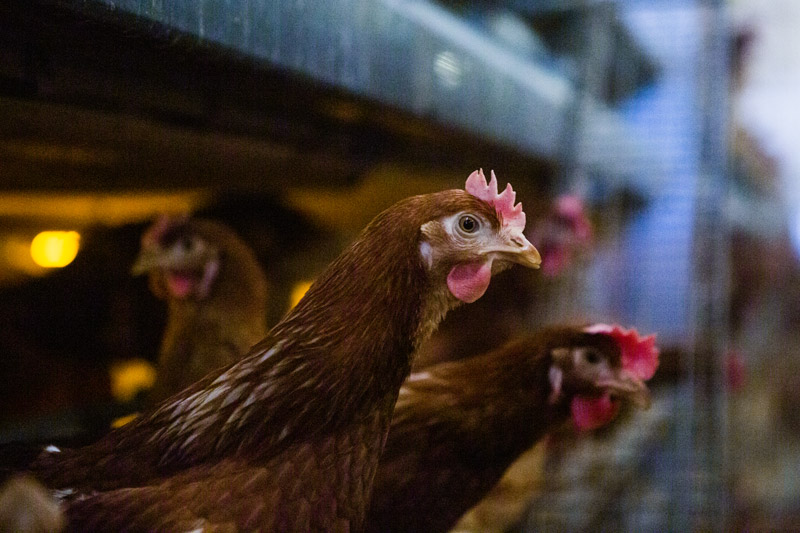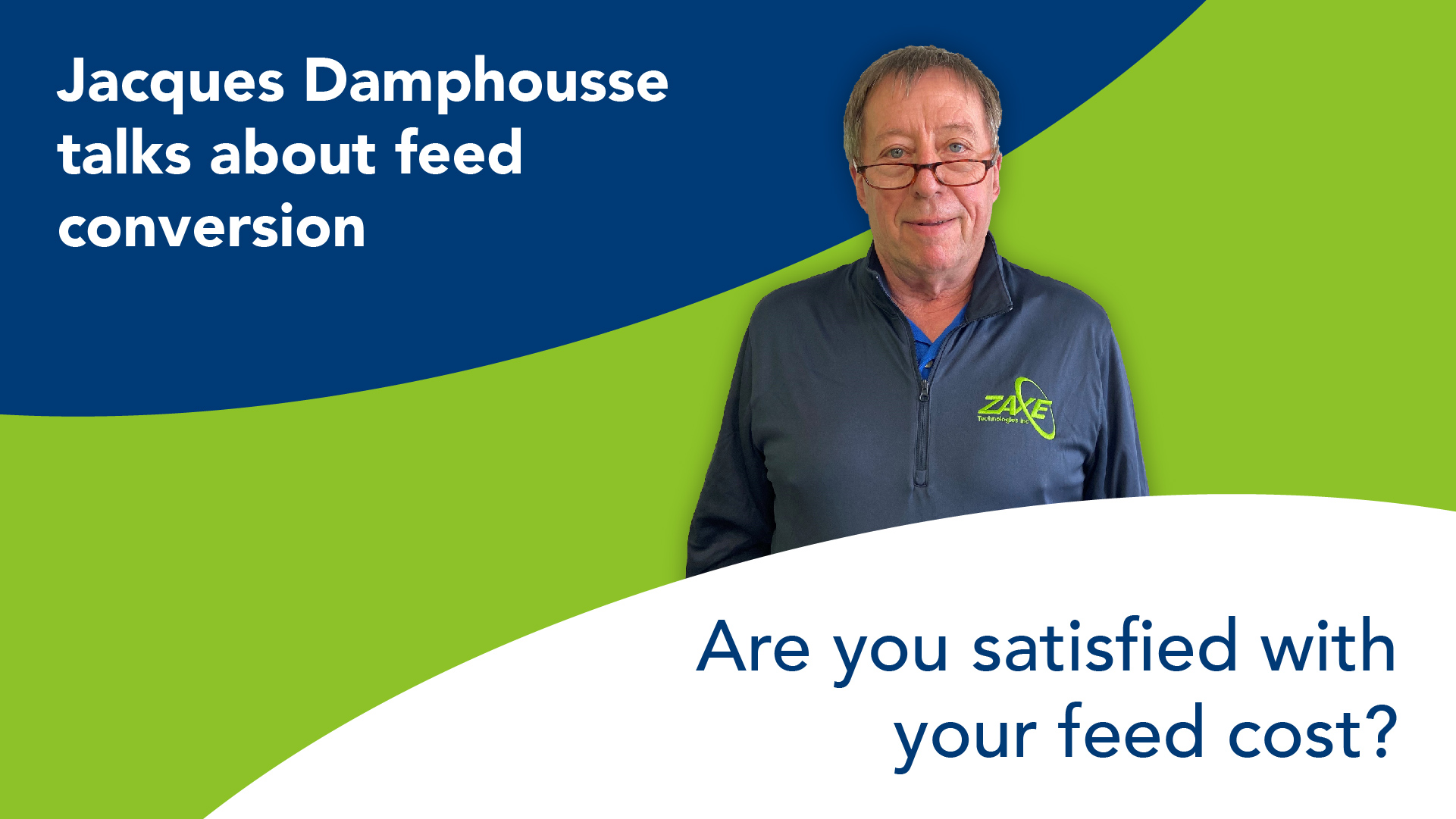Feed is a cost that shouldn’t be underestimated. It represents the majority of your production budget yearly. But feed conversion is one of the most effective ways to save on these costs. This method is very well known in the industry, but few producers and farm managers actually use it in their daily activities to monitor their animals’ weight and feed consumption.
With your weight chart and feeding program in hand, it is possible to calculate your feed conversion very simply. Below you’ll find the equation to use to calculate your feed conversion.
- – To know the quantity of feed in kilograms required per bird:
o (weight of one bird in kg) x (feed conversion rate) - To know the cost of feed per bird:
o (quantity of feed in kg required per bird) x (price of feed*)
*This price may differ depending on the time of year, so it is important to take your feed supplier’s current price for an accurate calculation.
The purpose of this exercise is to track and meet the age-specific weight goals of the birds, with the help of your weight chart, and to ensure that your birds are eating the amounts of feed listed on your feeding program. When you are able to do this, your feed cost will drop drastically and your production will be optimized.

Here is an example to compare the price between a producer using feed conversion versus a producer who does not. Here we use an individual bird weight of 2.30 kg as an example.
| Individual weight (kg) | Feed conversion rate | Qty of feed per bird |
| 2.30 kg | 1.80 | 4.14 kg |
| 2.30 kg | 1.75 | 4.025 kg |
| 2.30 kg | 1.70 | 3.91 kg |
| 2.30 kg | 1.65 | 3.795 kg |
| 2.30 kg | 1.60 | 3.68 kg |
| 2.30 kg | 1.55 | 3.565 kg |
As an example, let’s take a producer with a conversion rate of 1.75 and another with a conversion rate of 1.60, and compare the results.
| Producer 1 | Producer 2 | Difference | |
| Individual weight in kg | 2.30 kg | 2.30 kg | – |
| Feed conversion rate | 1.75 | 1.60 | – |
| Qty of feed in kg required per bird | 4.025 kg | 3.68 kg | 0.35 kg |
| Qty of feed in kg required for a flock of 20,000 birds | 80 500 kg | 73 600 kg | 6 900 kg |
| Price of feed per flock at the price of $575 per ton* | 46 287.50$ | 42 320$ | 3 967.50$ |
| Total cost of feed per year (6 flocks) | 277 725$ | 253 920$ | 23 805$ |
*September 21, 2021 reference
So, a producer with a feed conversion rate of 1.75 will spent $23,805 more per year on feed for birds weighing 2.30 kg, versus a producer with a conversion rate of 1.60 for the same flock. This amount is not to underestimate…
Now that you know how to calculate feed conversion and have a concrete example of how much you could save per year using this method, you still need to be able to evaluate this rate. How can you do this? With you feeding program provided by your feed supplier! We’re giving you a new rendezvous next week for more explanations.

Jacques Damphousse is a well-known poultr Agricultural technologist from Quebec, Canada, with many years of experience in the field. Among other things, he worked as a production manager in a broiler farm for 25 years, the 8 years as general manager of a poultry mill. With all this experience under his belt, Jacques has been able to develop his knowledge as well as methods to optimize production results, including with feed conversion which he teaches his clientele of producers.
